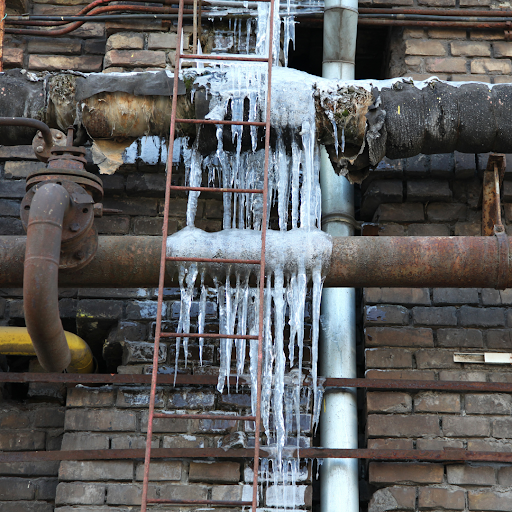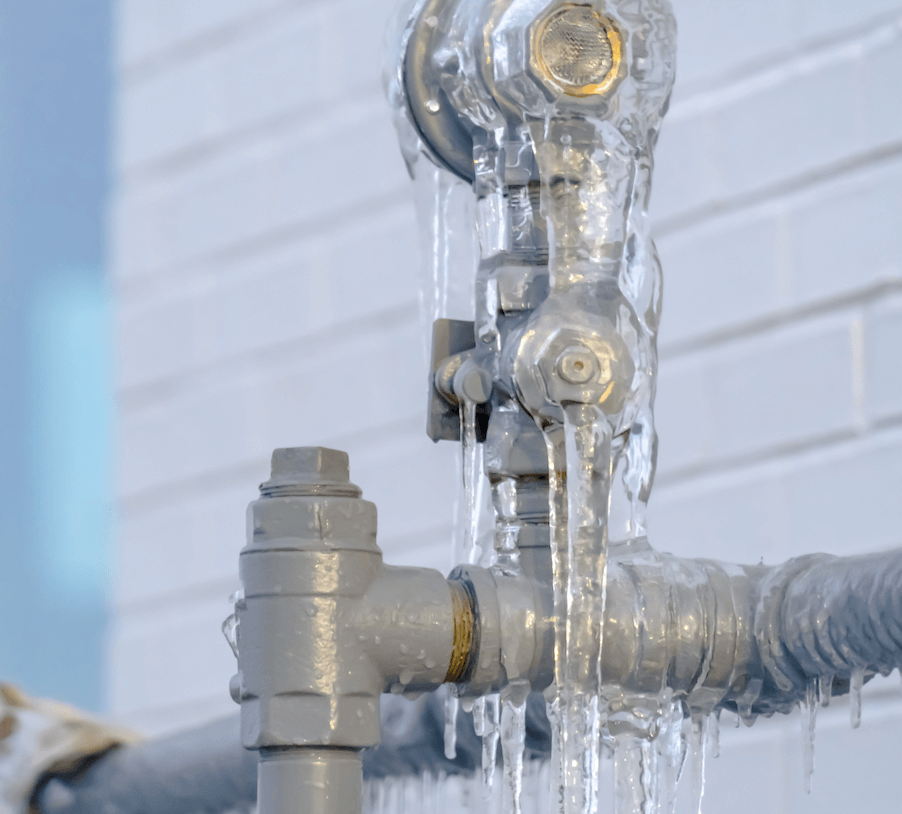Tips to Keep Your Pipes from Freezing Issues: Crucial Guidance
Tips to Keep Your Pipes from Freezing Issues: Crucial Guidance
Blog Article
Just about every person seems to have their unique idea with regards to Winter Plumbing Precautions: Preventing Frozen Pipes.

Cold weather can damage your plumbing, particularly by freezing pipes. Here's just how to stop it from occurring and what to do if it does.
Intro
As temperatures decrease, the risk of icy pipes rises, possibly resulting in expensive repair work and water damages. Understanding exactly how to prevent frozen pipelines is vital for home owners in cool environments.
Recognizing Icy Pipelines
What triggers pipes to freeze?
Pipes ice up when revealed to temperatures listed below 32 ° F (0 ° C) for extended periods. As water inside the pipes freezes, it broadens, taxing the pipeline wall surfaces and possibly triggering them to rupture.
Risks and problems
Icy pipes can lead to water supply disruptions, home damage, and costly fixings. Ruptured pipes can flood homes and create considerable architectural damages.
Indications of Frozen Water Lines
Identifying icy pipes early can avoid them from bursting.
Just how to identify frozen pipelines
Search for decreased water circulation from faucets, unusual odors or sounds from pipelines, and visible frost on revealed pipes.
Prevention Tips
Insulating vulnerable pipes
Cover pipes in insulation sleeves or use warmth tape to secure them from freezing temperatures. Concentrate on pipes in unheated or external locations of the home.
Heating strategies
Keep indoor spaces effectively heated, specifically locations with plumbing. Open up cabinet doors to enable cozy air to distribute around pipelines under sinks.
Safeguarding Exterior Plumbing
Garden hose pipes and outside taps
Disconnect and drain pipes yard hoses prior to winter. Set up frost-proof faucets or cover exterior taps with shielded caps.
What to Do If Your Pipelines Freeze
Immediate actions to take
If you think frozen pipes, keep faucets open up to soothe stress as the ice thaws. Use a hairdryer or towels soaked in warm water to thaw pipelines slowly.
Long-Term Solutions
Structural changes
Think about rerouting pipes far from outside wall surfaces or unheated areas. Include additional insulation to attics, cellars, and crawl spaces.
Upgrading insulation
Invest in top quality insulation for pipes, attic rooms, and wall surfaces. Proper insulation helps keep constant temperatures and minimizes the danger of icy pipelines.
Final thought
Avoiding icy pipes requires positive procedures and quick feedbacks. By comprehending the causes, signs, and safety nets, house owners can safeguard their plumbing throughout cold weather.
6 Proven Ways to Prevent Frozen Pipes and Protect Your Home
Disconnect and Drain Garden Hoses
Before winter arrives, start by disconnecting your garden hoses and draining any remaining water. Close the shut-off valves that supply outdoor hose bibs and leave the outdoor faucet open to allow any residual water to drain. For extra protection, consider using faucet covers throughout the colder months. It’s also important to drain water from any sprinkler supply lines following the manufacturer’s directions.
Insulate Exposed Pipes
Insulating your pipes is an effective way to prevent freezing. Pipe insulation is readily available at home improvement stores and is relatively inexpensive. Pay close attention to pipes in unheated areas such as the attic, basement, crawl spaces, or garage. Apply foam insulation generously to create a buffer against the cold. You can also wrap your pipes in heat tape or thermostat-controlled heat cables for added warmth.
Seal Air Leaks
Inspect your home for any cracks or openings that could let in cold air. Seal any holes around the piping in interior or exterior walls, as well as the sill plates where your home rests on its foundation. Additionally, make sure to keep your garage door closed unless you’re entering or exiting. Leaving it open creates a significant air leak that can lead to frozen pipes.
Allow Warm Air Circulation
During cold snaps, it’s essential to allow warm air to circulate evenly throughout your home. Leave interior doors ajar to promote better airflow. Open kitchen and bathroom cabinets to help distribute heat consistently around the rooms. If you have small children or pets, be sure to remove any household chemicals or potentially harmful cleaners from open cabinets for safety.
Let Faucets Drip
A small trickle of water can make a big difference in preventing ice formation inside your pipes. When temperatures drop significantly, start a drip of water from all faucets served by exposed pipes. This continuous flow helps prevent the water from freezing. Additionally, running a few faucets slightly can relieve pressure inside the pipes, reducing the chances of a rupture if the water inside does freeze.
https://choateshvac.com/6-proven-ways-to-prevent-frozen-pipes-and-protect-your-home/

I stumbled upon that article about Preventing and dealing with frozen pipes when doing a search on the search engines. So long as you appreciated our post if you please make sure you remember to pass it around. Kudos for your time. Don't forget to stop by our website back soon.
Click Here Report this page